The year 2020 has been a strange one so far, and it’s inspired a collection of loosely-related thoughts on gun issues that I thought I’d chatter about for a bit. I’m sorry if this comes across as a little scatterbrained or disjointed–I’ll just blame it on the social isolation, wildfire smoke fumes, and fevers, ok?
Lonely at the top?
Us RevolverGuys are a minority.
There’s little doubt that semiautos are more popular options these days for the majority of handgunners. Manufacturing and export data collected by the feds indicates that for every revolver made by an American-based licensee, there’s about five autopistols produced. In military and police circles, the revolver is mostly gone, except as an occasional backup gun, and the same trends carry over to the bulk of the armed citizen market.
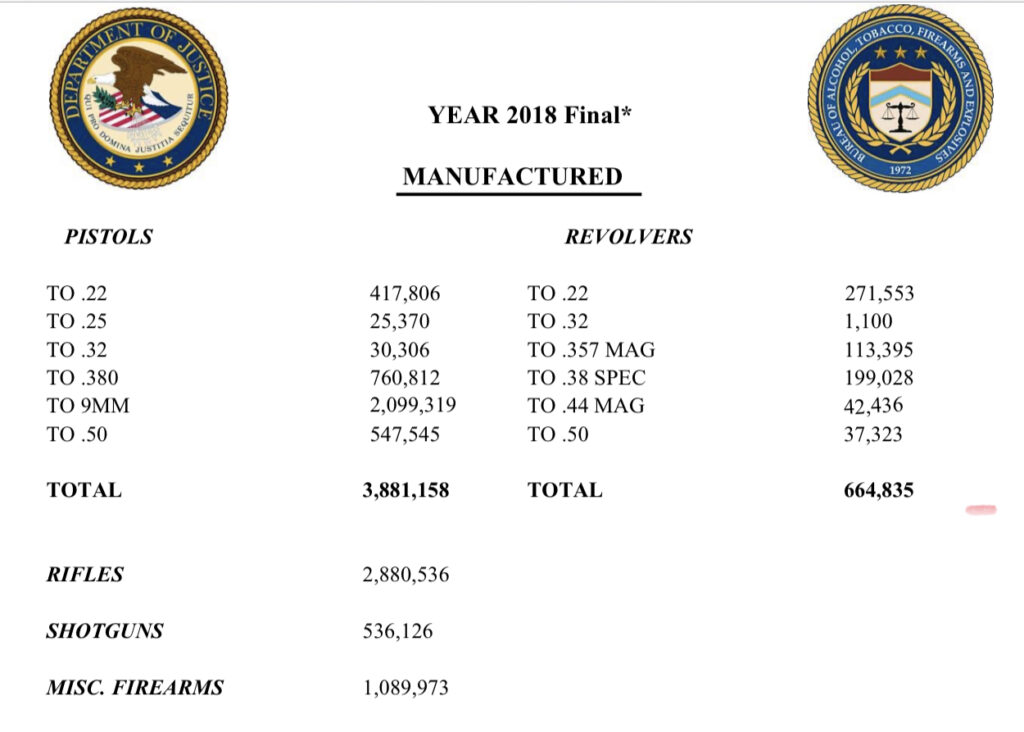
As Justin has eloquently articulated in the past, manufacturers tend to ignore the revolver as well. While there’s a vast array of accessories and after-market support for the semiauto, the revolver suffers from a lack of attention. Most of the innovation in the gun market is squarely focused on the autopistol, and there’s rarely something truly new or exciting in Revolver Land. Your choices for holsters, speedloaders, sights, ammo, and other products are much more limited in comparison to the wealth of options available for the autopistol. You only have to leaf through a print magazine, or search Al Gore’s internet, to see the vast majority of advertising and marketing is oriented towards the square-bottom club.
Sometimes, it can be a little lonely when you’re a RevolverGuy.
Equal opportunity
As certified gun guys ourselves, we get it. In fact, I don’t know any revolver purists who scorn everything other than round guns. If you’re “into guns,” then you’ve certainly got your share of self-chuckers lying about, both long and short.
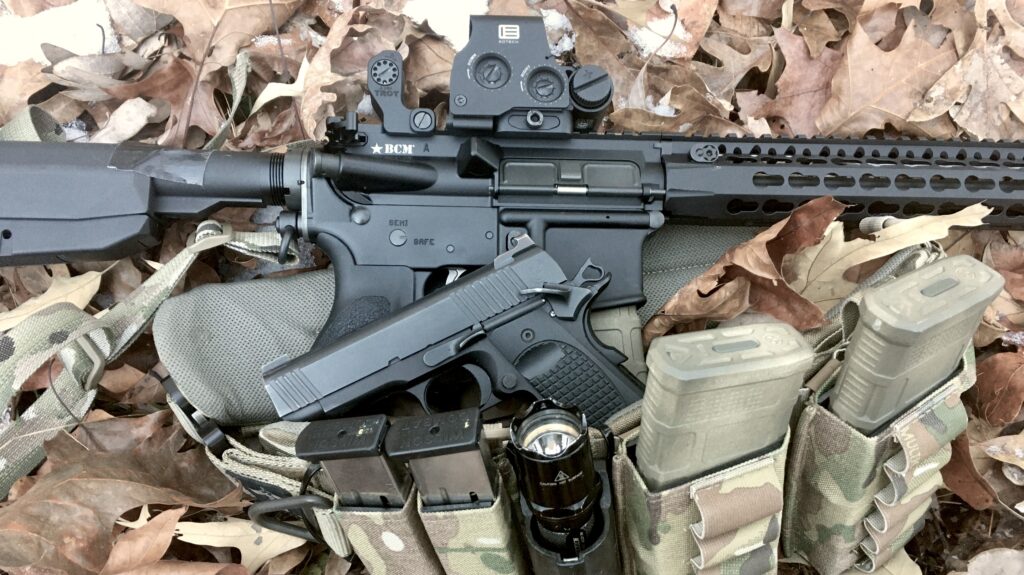
I know we do. Both Justin and myself own, use and enjoy semiauto pistols. We’ve carried them on duty, tried our best to wear them out at the range, and often rely on them to protect ourselves and our families. We love our revolvers for their many attractions and strengths, but we’re not so partisan that we dismiss the semiauto pistol as a lesser tool—they’ve got their own benefits and advantages that we admire and depend on, too.
Them and Us . . . or Us and Them?
Sometimes though, this is a one-way street. Curiously, it’s common to find a RevolverGuy who owns and appreciates semiautos, but it’s not as common to find a self-identified “AutoGuy” who has a similar appreciation for the revolver. It’s always dangerous to make generalizations, but I think it’s fair to say there are more RevolverGuys who also like autos, than AutoGuys who also like revolvers. That’s not a “scientifical” (h/t Tom Gresham) conclusion, of course, but it’s the impression I get after a lifetime of being immersed in the gun culture. I’m not sure why the current seems to flow in one direction predominantly—perhaps it’s because so many people who start with the auto in military, LE, and armed citizen circles never look further– but it certainly does look that way to me.
That guy
Unfortunately, some of the people in the gun culture can be downright dogmatic, rude, and childish about their beliefs and choices. Yep, we’ve all had to deal with That Guy at some point, haven’t we?
I was reminded of this recently when one of our loyal readers, Wheelgun Judy, reported back from a firearms class she had attended. Judy was fortunate enough to attend a Handgun Accuracy class with Tatiana Whitlock, the Director of Training for the women’s shooting league, A Girl & A Gun. Judy walked away from the class rightfully proud of her exceptional performance, and excited about all the things she had learned from her gifted teacher. Tatiana was equally excited to see Judy shoot so well as the ONLY revolver shooter in the class, and even praised her performance on social media.
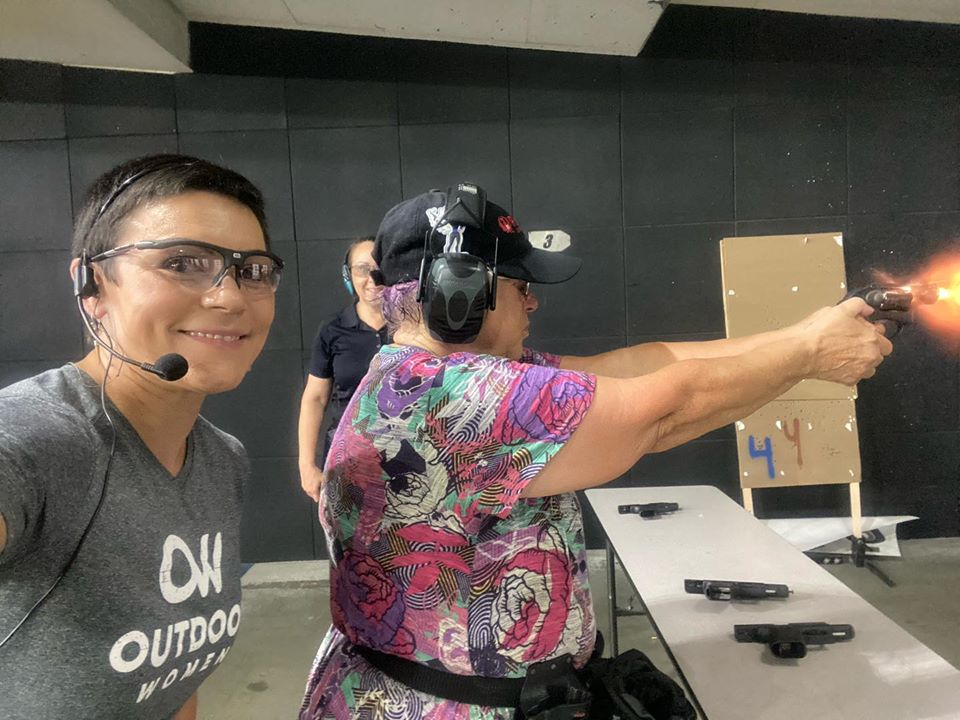
Well, that didn’t sit right with a self-appointed expert, social media ninja, and resident That Guy that I’ll just call “Adam Henry.” Instead of congratulating a fellow shooter on a job well done, Mr. Henry thought it was his duty to set us all straight and criticize Judy for not shooting a “real gun.” In Adam Henry’s most inflated opinion, a revolver was definitely NOT a real gun, and would get her killed in da streetz, because . . . um, well . . . capacity, you know? Yes, capacity you fool!
Sigh.
Sometimes it can also be a little frustrating to be a RevolverGuy, eh Judy?
Strange times
I’ve been thinking a lot about the bias in favor of autopistols in the context of what’s happening all around us in America right now. As I write this (September, 2020), there’s a rush on guns and ammunition that outpaces anything that we’ve seen in our lifetimes.
The COVID-19 pandemic (or rather, our collective reaction to it) and the violent orgy of urban rioting that’s plagued America over the last four months have created a perfect storm in the firearms industry, and we’ve been breaking records every month since the spring. Firearms sales in April, May, June, and July of 2020 broke previous records for those months, and–until the supply of guns ran out–also broke records for month-over-month increases.
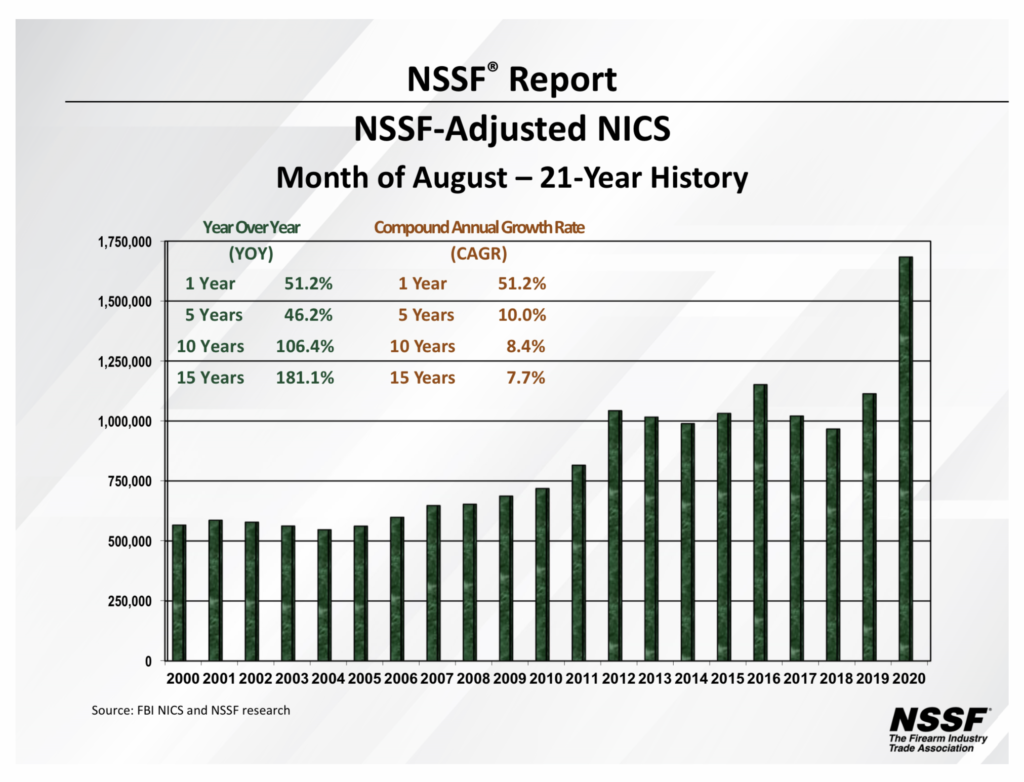
In August this year, there were 3,115,063 NICS checks conducted by the FBI—a 31.6% increase over August of 2019, and the highest August on record. Early reports indicate that September is on track to look the same. From January 2020 through August 2020, there were 25.9 million NICS checks conducted, which equates to 91% of the entire 2019 total. With four months of sales left to go (including the traditionally-heaviest sales months in November and December), there’s no doubt that 2020 will completely eclipse 2019’s performance, and set a new annual record.
New target audience
There’s simply a LOT of guns being sold right now, but what I find even more interesting is that a LOT of them are being purchased by people who have never owned a gun before. National Shooting Sports Foundation data indicates that, “of the more than thirteen-million guns purchased so far in 2020, more than five million of them have gone to first-time gun buyers.”
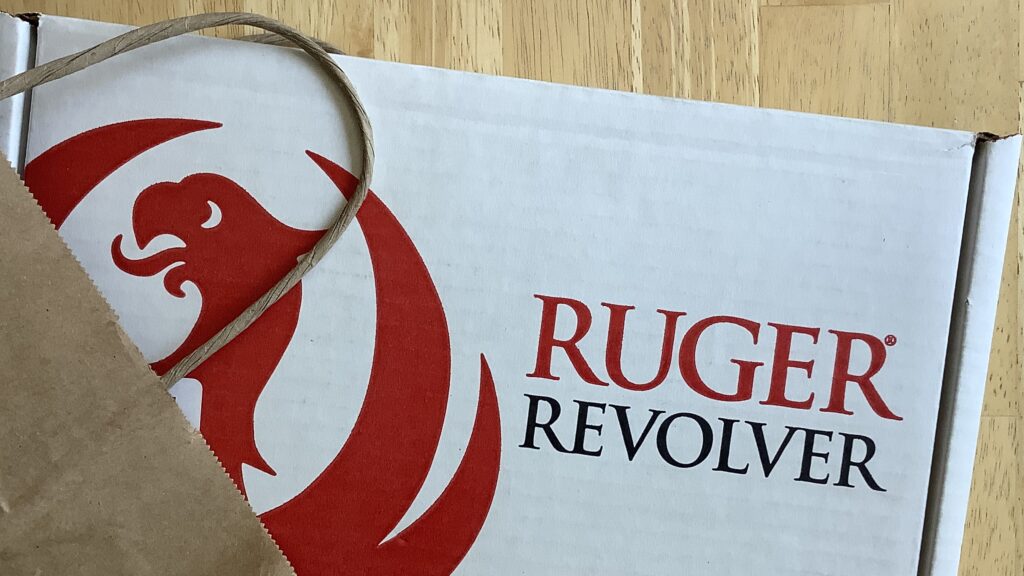
That last little bit gives me pause. About 40% of the guns sold during this surge have been sold to first-time buyers! It’s a safe bet that most of these people have little-to-no prior experience with firearms, and that has me thinking about what happens when you mix the general bias towards semiautos with a fresh crop of newbies that don’t know much of anything about guns.
Autos for all?
I think we can all agree that it’s not very difficult to train an uneducated person in the workings of a semiautomatic pistol, as long as they have the interest and aptitude. You don’t have to be a Mensa candidate to figure out how a Glock or 1911 works, after all—if you can drive a car, you can probably learn how to make an autopistol go bang.
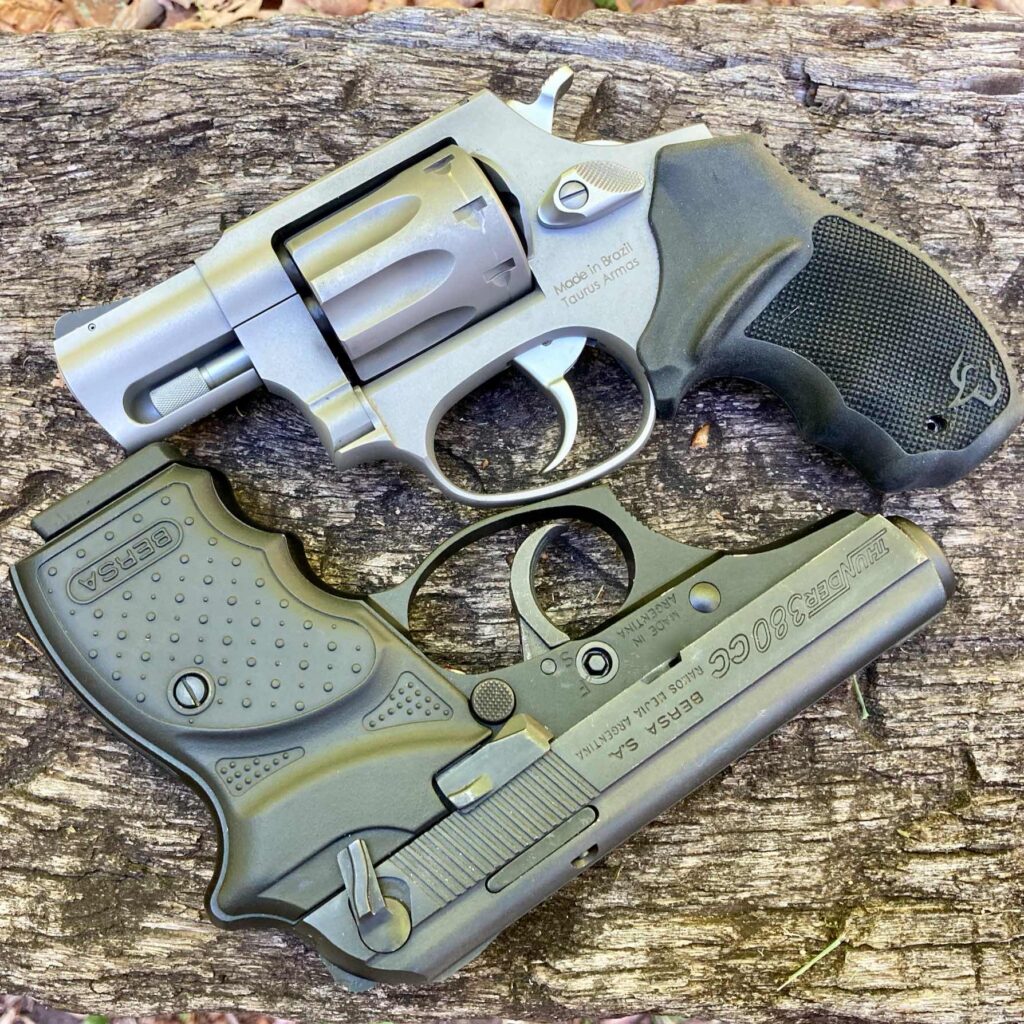
However, if we want someone to learn the auto well enough that they’ll be able to run it safely and reliably under stress, then that will require a little more work and motivation. Autos with manual safeties and decockers can be confusing, and require some focused effort if our new shooter is going to program the proper habits. Autos with DA/SA trigger systems require some training and practice to shoot them well and build the habits necessary to avoid negligent discharges. Likewise, autos with heavy recoil springs (as you’ll find in the ever-popular sub/compact classes) require some work to learn the proper technique for cycling a slide, especially if you’ve never done it before. Reducing malfunctions can also be a complex and confusing task for those new to the self-chucker.
New owners, new problems
None of these tasks are insurmountable for the reasonably dedicated student, but the newest crop of gun buyers is facing some obstacles that make learning much more difficult, even if they’re motivated to learn how to use their new gun.
What kind of obstacles? Well, consider the following:
–No Help. Many of these new buyers don’t have people in their lives who are experienced with firearms, and can serve as a role model. We’re getting plenty of anecdotal evidence that the panic buyer of the last several months is often a “non-traditional buyer,” who has no prior connection to the gun culture. Many of the liberal Democrats, urban women, and racial minorities who make up the fastest growing segment of the gun buying demographic simply don’t know anyone who can help to teach them the ropes. They’re much less likely to know a “gun guy” because there aren’t many in the social circles they live, work and play in;
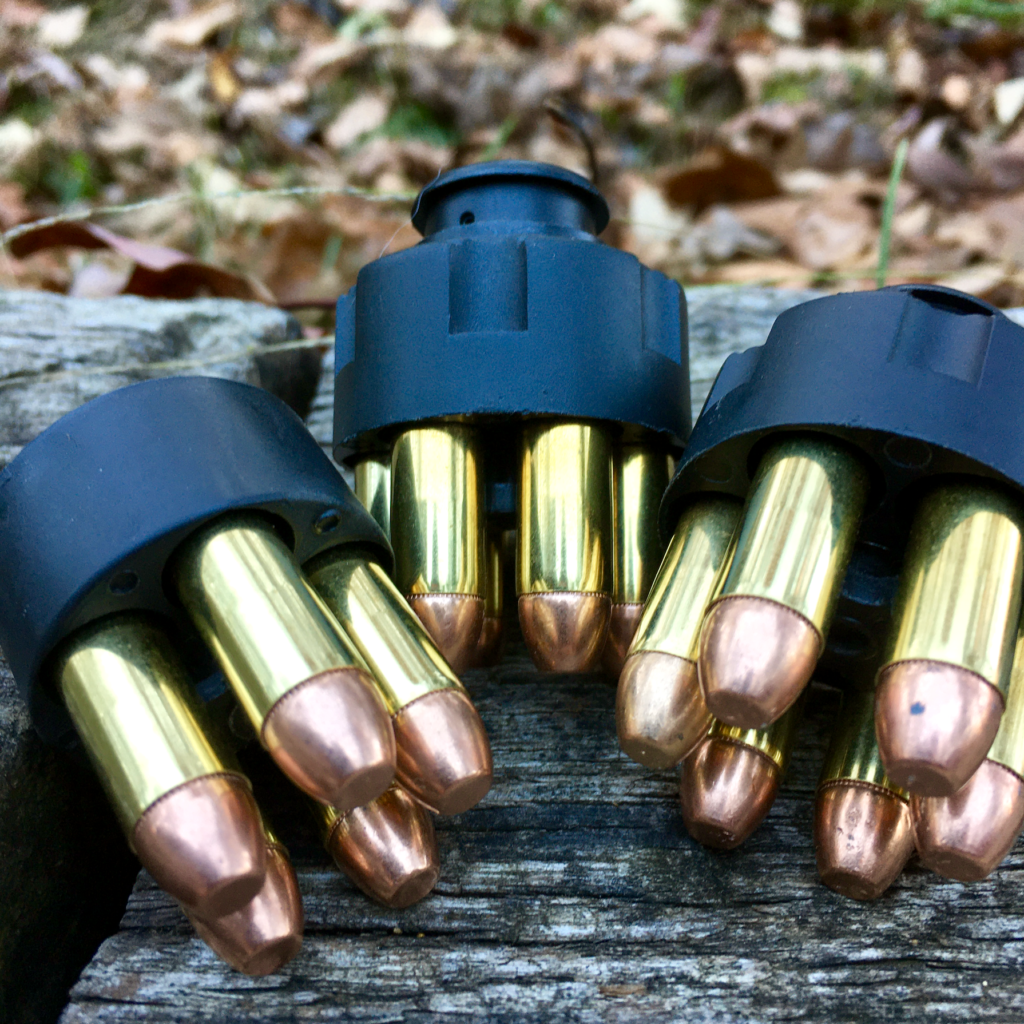
–No Ammo. Many of these new buyers are having a difficult time finding ammunition for their new gun. In the early days of Spring, when this latest buying panic was taking off, some stores were reserving part of their ammo stock for new gun buyers, so that new owners could go home with at least SOME ammo for their new gun, but it seems that practice dried up pretty quickly when the existing supply of guns that were already in the food chain got exhausted. These days, whatever comes in on the delivery truck—guns or ammo–is instantly sold, and in some cases, has already been sold before it hits the shelves. Demand is so high that the manufacturers can’t keep up, and a lot of new gun owners simply can’t find any ammo for their new gun—or at least not enough that they’re willing to shoot it up in training. As a result, many of the people who need the most training aren’t getting any at all, and their new guns remain unfired;
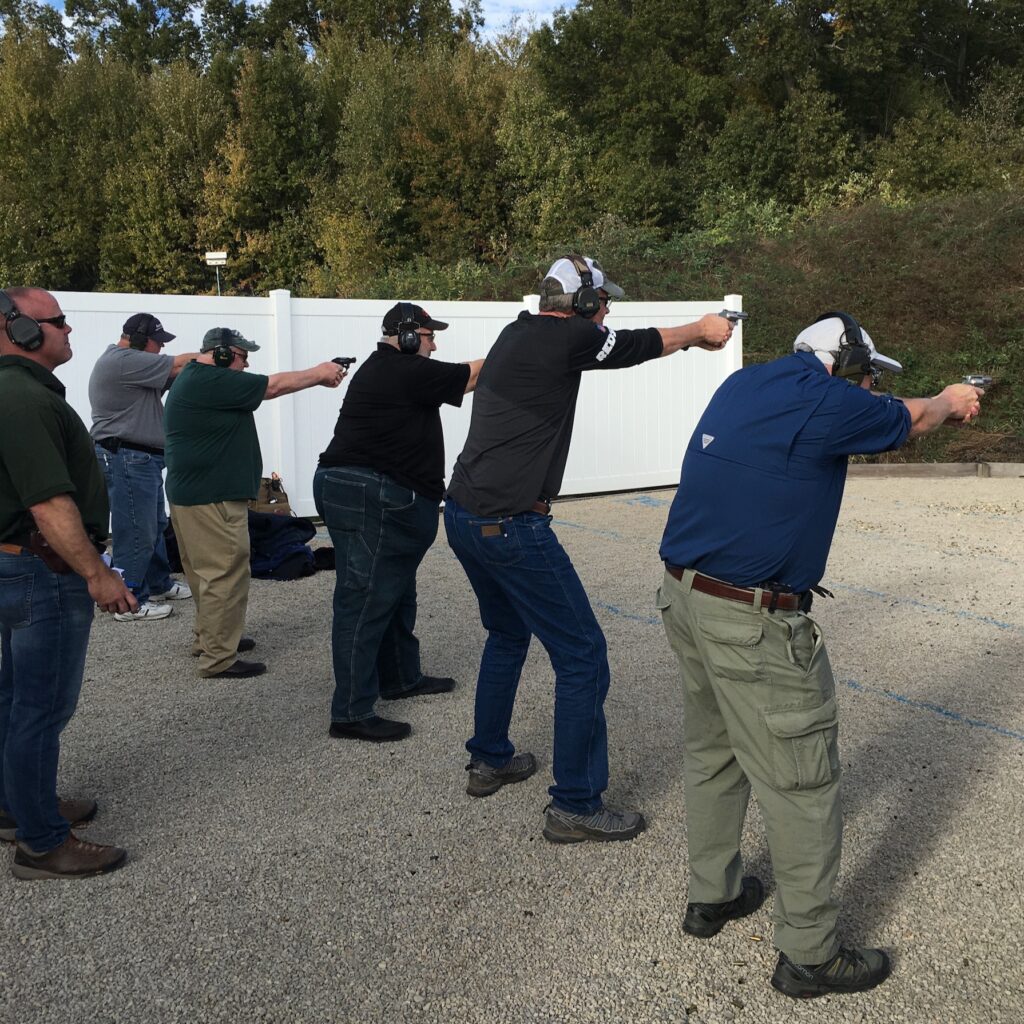
–No Ranges. Many shooting ranges are still closed, or operating at reduced capacity, in an effort to comply with state, county, or city-mandated COVID-19 restrictions. Open ranges are frequently overwhelmed with hordes of new customers, leading to very long wait times and limited access. These factors rob new gun owners of a place to shoot regularly, and deprive them of a leading source of the qualified instruction they need so badly.
All of these things combine to create a difficult environment for new gun owners who desperately need some training on their new gun.
An old concern
Our past experience also hints at another complication for some of these new owners.
Even prior to the pandemic, we know there were many people who bought their first firearm and never shot it once they got it home. They loaded it and put it on a shelf, then didn’t touch it again. For these people, just having a gun made them feel safe—it’s utility as a tool was less important than its role as a talisman.
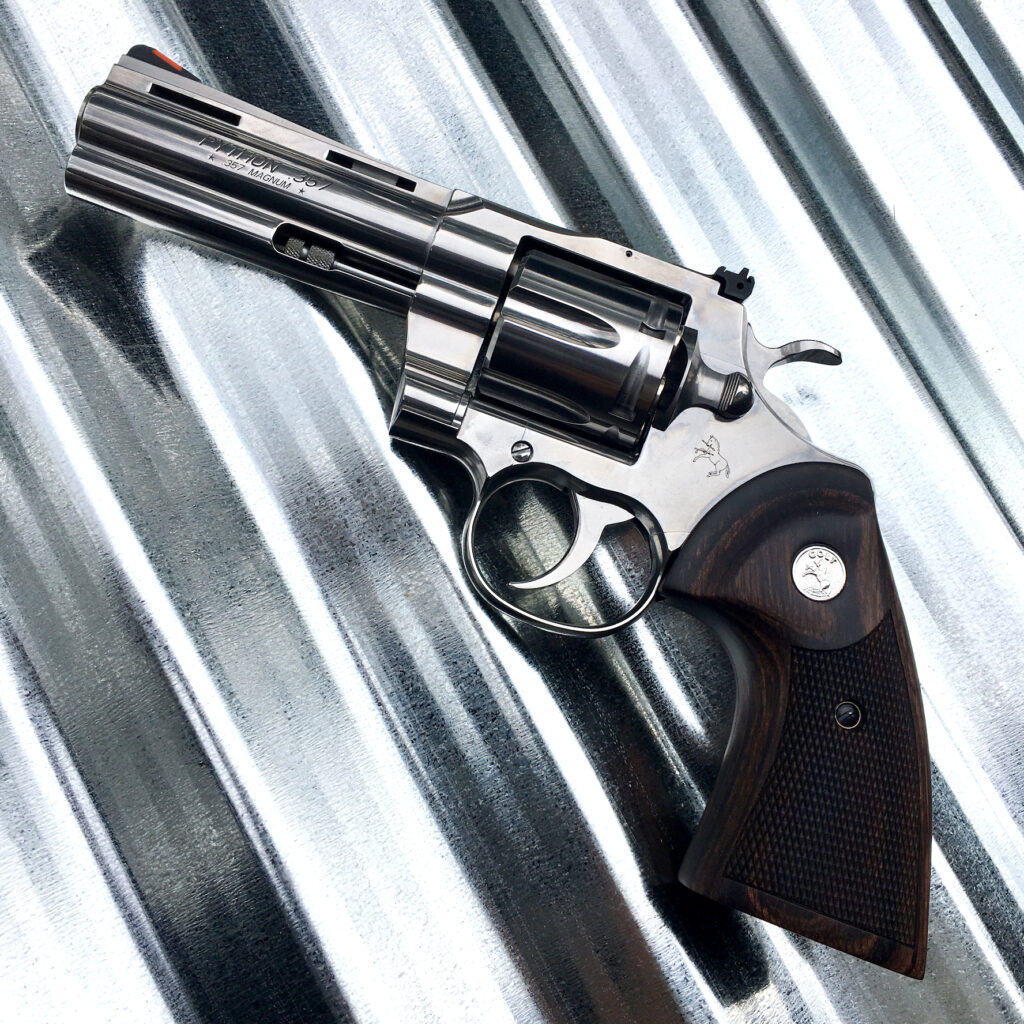
There’s a very good reason to believe that a large chunk of the 5+ million new, first-time gun owners out there are behaving similarly. It’s entirely likely that many of these panic buyers don’t intend to actually train with their new gun, and develop some proficiency with it, but rather take comfort from just having it nearby. Honestly, how many of the people who hated and/or feared guns last week, but purchased one this week, will actually go out and shoot them? How many of these people, who never had a place for a gun in their lives before, will go to the effort of training with their new purchase?
Bad ideas, good solutions
Honestly, it’s a bad idea for some of these people to have a gun at all. The ones who won’t be serious about the responsibility that comes with owning a gun are better off without one, and the other people in their lives will be, too. All of us will be!
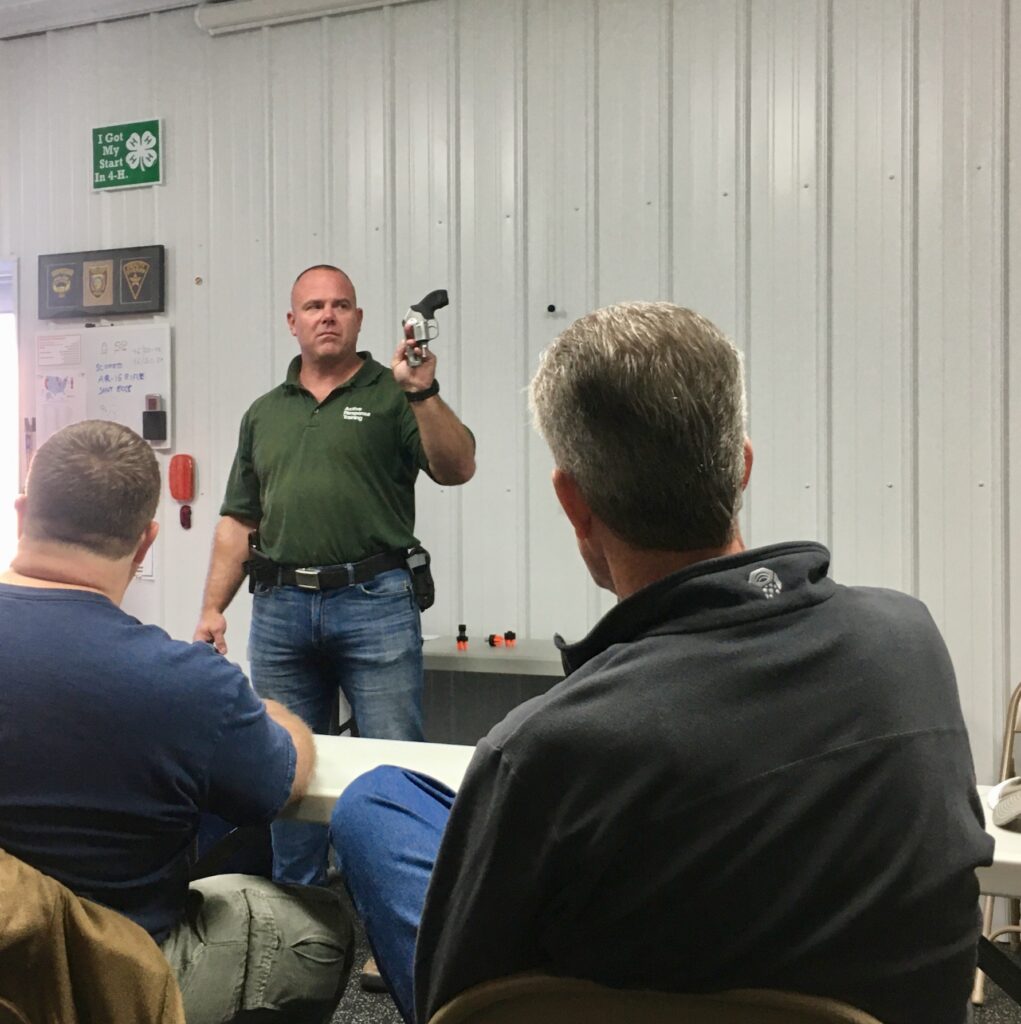
The ones who are willing to learn and do the work to become responsible gun owners are different, but as we’ve discussed, they’ve got a lot of extra obstacles to overcome right now. Those obstacles (deficits in the availability of ammunition, training, and range facilities) will make it difficult to learn ANY gun, but especially one with a more complex manual of arms.
So, as I ponder the landscape for these new owners in 2020, I can’t help but wonder how many of them would be better suited with a good revolver than the more complex autopistols that they’re taking home from the store in greater numbers.
Why the revolver?
Why would I recommend a revolver over an autoloader for many of these new buyers? Consider the following:
1. “Break in” issues. Some auto designs are more inherently reliable “from the box” than others of course, but a good number of autos being sold still need to make it through those first few hundred rounds before they get the kinks worked out, and many of these newly-purchased guns won’t get there. Revolvers aren’t immune to this risk, but they seem to be more reliable, as a class of guns, straight from the box. The fact that they are purely mechanical, and don’t rely on the energy created by a fired cartridge to cycle the action, gives them a huge reliability advantage right out of the gate;
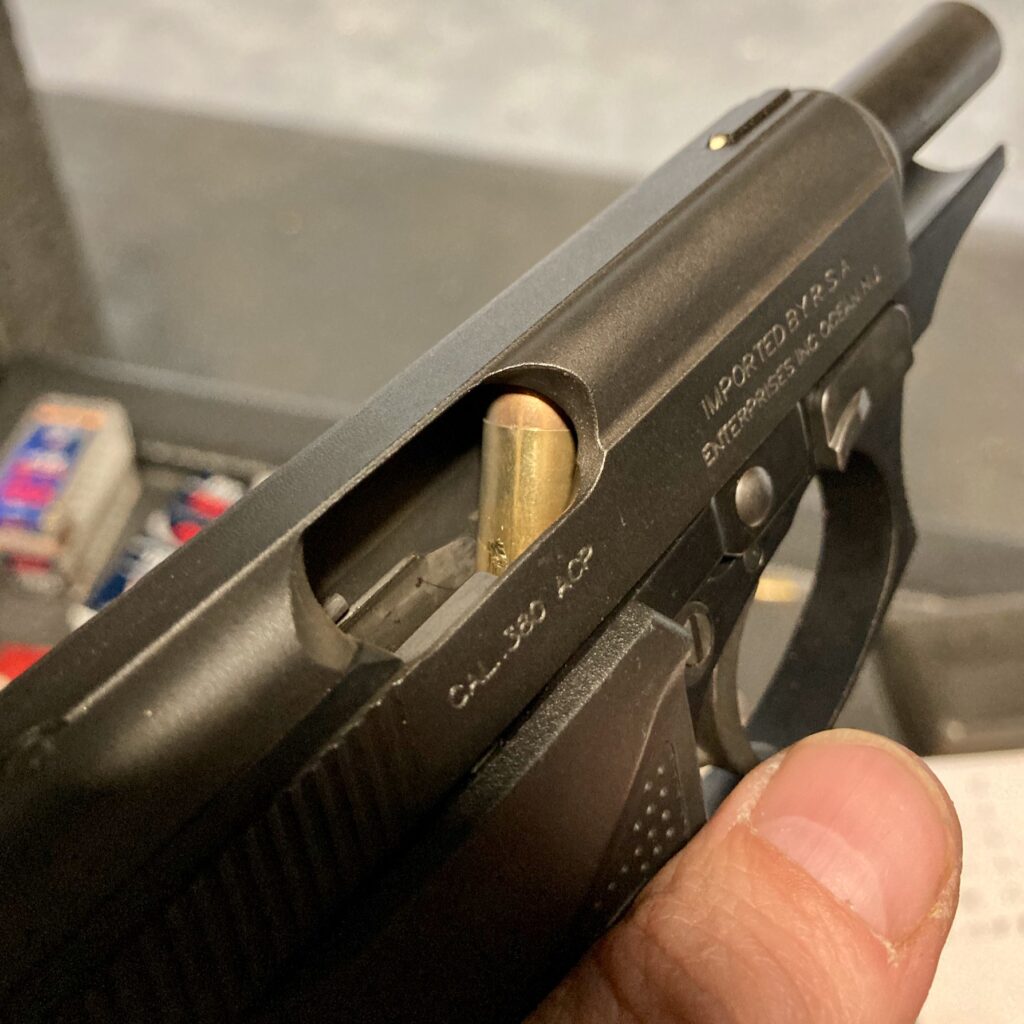
2. Ammo compatibility issues. In a similar fashion, some autos are more particular than others about the type of ammo they will digest, and the gun that gets loaded once, then sits, will never get the opportunity to prove if it’s reliable with the chosen type of ammunition. Revolvers are generally less ammunition sensitive than autos—if it fits, it will usually work. This can be a significant advantage at a time when the shopper doesn’t have a variety of options to choose from;
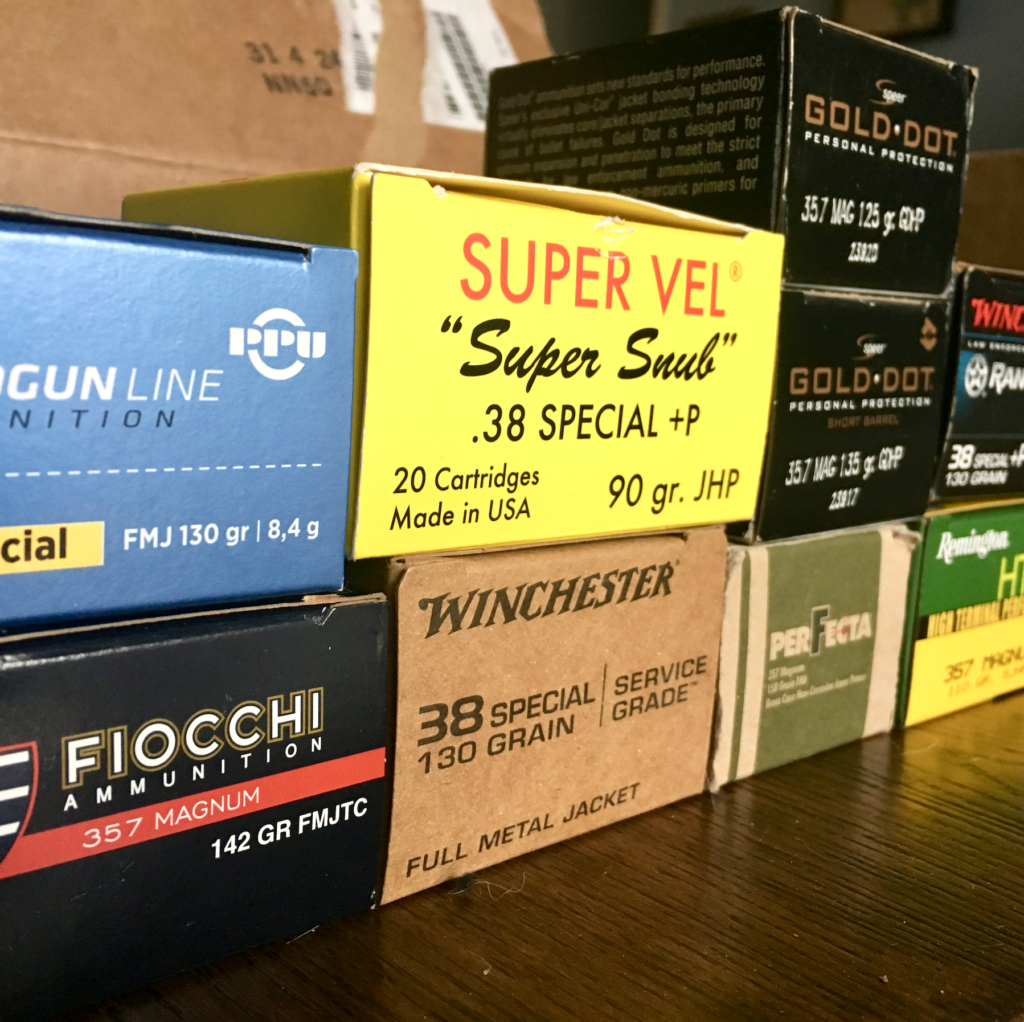
3. Training and skill issues. The untrained shooter will probably induce stoppages when he tries to shoot an auto, because he doesn’t know how to operate it properly. A poor grip will lead to thumbs interfering with slides, magazines being inadvertently released, or safeties being inadvertently engaged. A weak platform will lead to failures to eject and feed, which will require a knowledge of how to reduce the stoppage and get the gun operating again—something our poorly-trained shooter might lack. Revolvers have their own operating quirks of course, but they’re more highly tolerant of flaws in technique. If you can manage to pull the trigger to the rear, the gun will fire and cycle properly, even if your grasp or stance isn’t perfect;
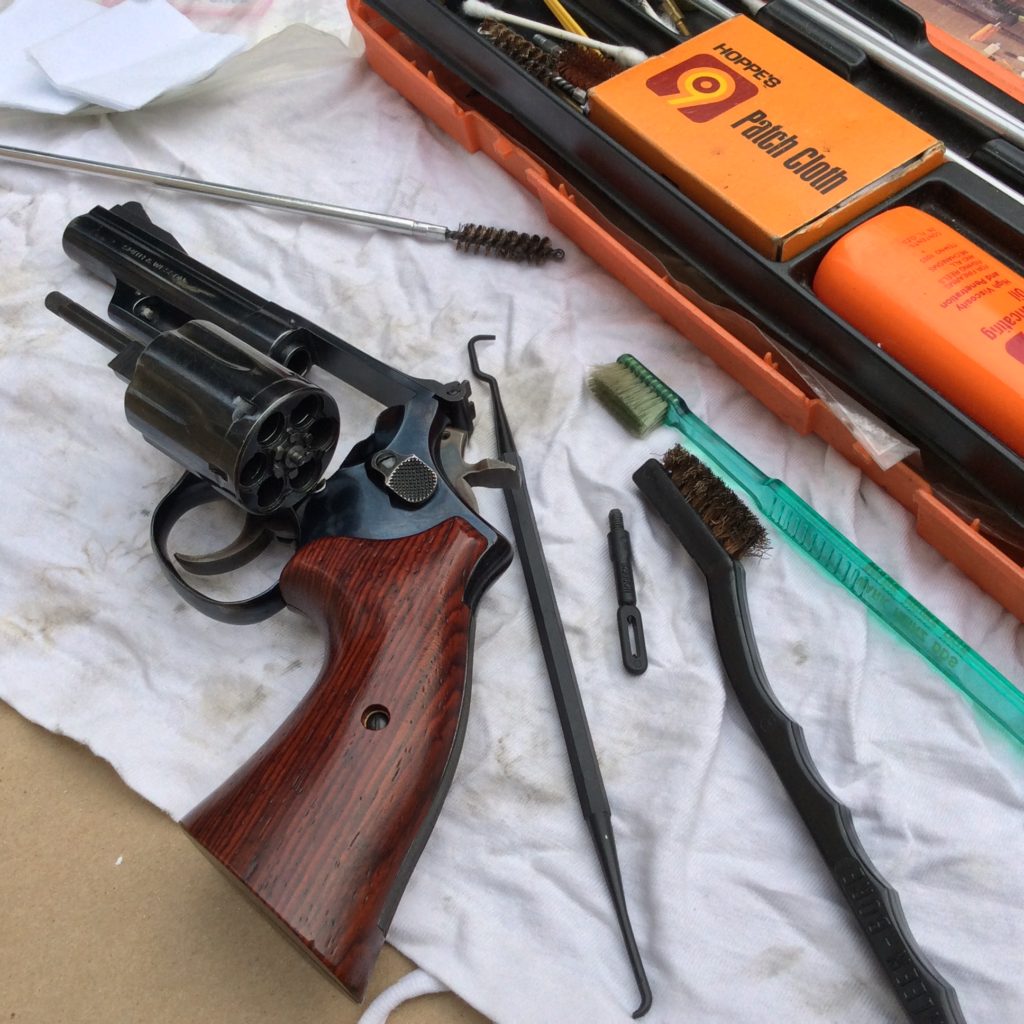
4. Maintenance issues. The untrained shooter will probably not clean or lubricate their firearm properly, which will lead to a greater chance of a stoppage in an auto. This will be a bigger problem for some designs than others, but all of the autos will eventually balk if they’re not properly lubricated and cleaned—especially during the early “break in” period. By contrast, a revolver is less sensitive to improper lubrication and other forms of neglect.
Just sayin’
Every gun is a rule unto itself, of course, but by virtue of its simplicity and design, the revolver helps to mitigate many of these issues. It’s easier for the untrained to understand and operate a revolver, and revolvers are typically more forgiving of neglect or ammunition choice. For these reasons, they might actually be a better choice for a first time buyer in the current environment, where a scarcity of ammunition, training, and training venues is putting the squeeze on new gun owners.
It’s not an absolute, but it’s certainly something to think about.
Our obligation
In these unprecedented times, responsible gun owners like us have an obligation to help these new folks along. You probably know people who recently purchased their first gun-maybe they even came to you for help, before or afterwards.
Let’s do what we can to get these folks off to a good start, eh? Be patient with them, and teach them what they need to know to be safe and proficient with their firearms. Focus on the “safe” part first, and the “proficient” part next. If you want a good roadmap to follow, reference our article for first-timers and the many resources we recommended in it.
It’s in all of our interests to make sure these new gun owners are safe with their new firearms. We may not agree on our political views or other things, but we can all agree that we want people with guns to act safely with them.
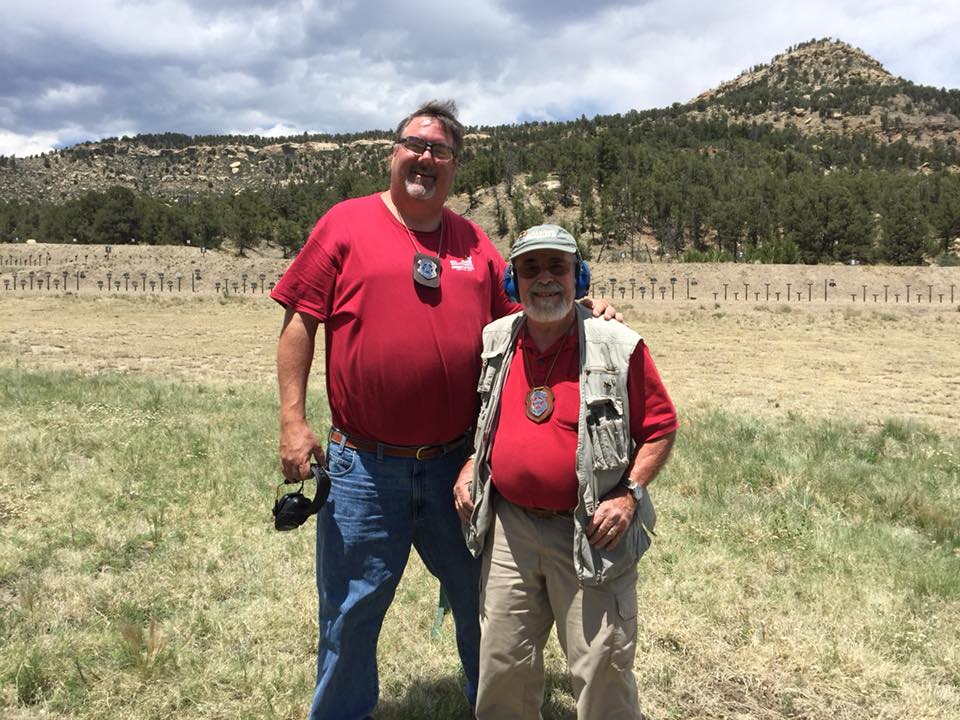
It was a BIG step for a lot of these new owners to purchase that first gun. For some of them, it was terrifying, and it’s still unsettling. Let’s do what we can to give them a friendly and helpful welcome to the gun community–the REAL gun community, not what the media told them it was like. Who knows, maybe we’ll pick up another 5 million allies in our fight to preserve the right to keep and bear arms.
That would be a neat start, wouldn’t it?
Be safe out there, and make sure you vote!

